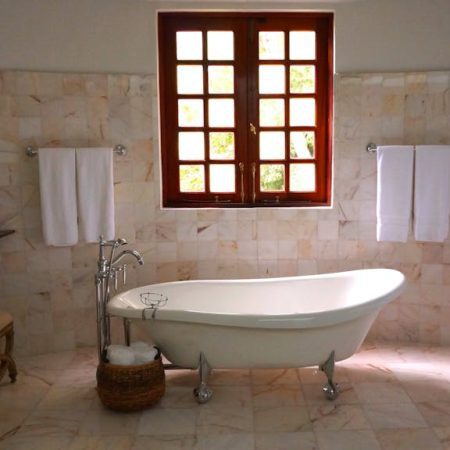In today’s digital age, electronic devices have become an essential part of our lives, even at night. However, the blue light emitted by screens can disrupt our sleep patterns by interfering with our body’s natural circadian rhythm. Thankfully, there are ways to enjoy the convenience of electronics while safeguarding our sleep quality. In this article, we’ll explore strategies to use electronic devices at night without compromising your sleep.
Activate Night Mode
Many devices offer a “Night Mode” or “Blue Light Filter” setting that reduces the amount of blue light emitted by the screen. This mode shifts the screen’s color temperature to warmer tones, less likely to interfere with your body’s production of melatonin, a hormone essential for sleep.
Use Blue Light Blocking Glasses
Wearing blue light-blocking glasses in the evening can help filter out the harmful blue light emitted by screens. These glasses reduce eye strain and minimize the disruption of your sleep cycle, allowing you to use electronic devices without negatively affecting your rest.
Set a Screen Curfew
Establish a screen curfew for an hour or two before bedtime. This practice allows your brain to wind down and produce melatonin naturally. Instead of using electronic devices, engage in relaxing activities such as reading a physical book, practicing meditation, or taking a warm bath.
Dim the Brightness
Lower the brightness of your devices’ screens to a comfortable level, especially as the evening approaches. Bright screens can be overstimulating and prevent your brain from transitioning into sleep mode.
Explore Night Shift Modes
In addition to Night Mode, some devices offer specific “Night Shift” modes that automatically adjust the screen’s color temperature as the sun sets. This feature gradually transitions to warmer colors, promoting healthier sleep patterns.
Opt for E-Readers with E-Ink Displays
If you enjoy reading digitally, consider using an e-reader with an e-ink display. E-ink displays mimic the appearance of paper and emit significantly less blue light than traditional screens, making them a more sleep-friendly option.
Reduce Screen Time Before Bed
Limit your screen time before bedtime to prevent overexposure to blue light. Engaging in relaxing activities such as listening to calming music, practicing gentle yoga, or enjoying a soothing cup of caffeine-free tea can help prepare your mind and body for sleep.
Experiment with Red Light
Unlike blue light, red light has a minimal impact on melatonin production. If you need to use electronic devices at night, consider using red light settings or apps that utilize red light to minimize sleep disruptions.






